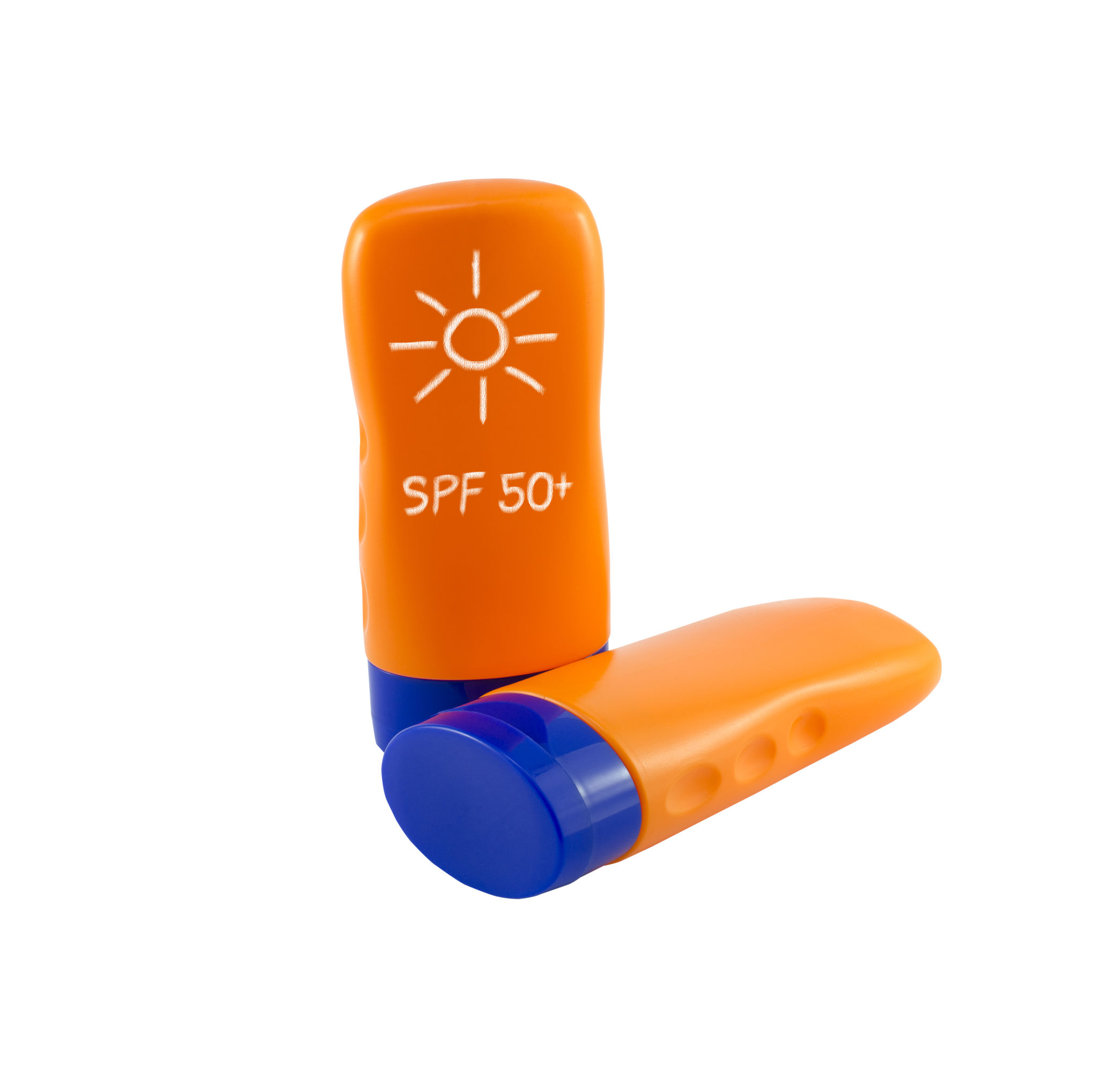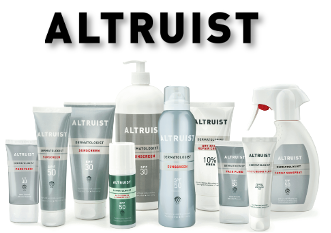Information and Advice
1. Four Light Sensitive Units
1. Department of PhotobiologyGuy's and St. Thomas' Hospital
Lambeth Palace Road
London SE1 7EH
2. South Buckinghamshire NHS Trust
Department of Dermatology
Photodermatology Department
Amersham Hospital
Whelden Street, Amersham
Bucks HP7 OJD
3. Department of Photobiology and Photodermatology
Ninewells Hospital Tayside University NHS Trust
4. The Photobiology Unit
Salford, Royal Infirmary
2. Vitamin D and Calcium Deficiency
It has been noted that people with light sensitive conditions who avoid sunlight are at risk of Vitamin D and Calcium deficiency. They may need to take supplements and should be tested for this.However family members who spend a lot of time in screened houses and screened cars could also be at risk and should be tested.
3. Helpful Hints on Lighting
Many of us can only tolerate low lumen light bulbs, with low blue emissions and low or no UV emissions. The situation can be improved by trying the following:1. Using fittings that reflect the light off the wall or ceiling, rather than shining directly on you;
2. Shielding the light, even clear glass or acrylic helps, even better if shield is covered with Dermagard film;
3. Having the light as far away from you as possible;
4. More smaller light sources are better than one larger one, e.g. 3 x 25W bulbs are better than 1 X 60W bulb.
4. Optical Brighteners
It is advisable not to use laundry detergents containing optical brighteners (sometimes labelled simply as "brighteners") which cause clothes to absorb UV. This is released slowly to create the appearance of brightness and the UV is transferred to your skin.5. Plants and Chemicals
Contact with chemical compounds found in plants, grasses, sunscreens, insecticides and various toiletries, combined with sun exposure can also cause severe skin reactions. Common culprits include parsnips, celery, parsley, dill, fennel, limes and lemons, which contain chemicals called furocoumarins, naturally occurring phototoxins which, along with the sun, trigger the reaction.In the countryside, coming into contact with the giant hogweed, cow parsley or angelica can result in a red, blistering rash on sun-exposed skin, usually within 24 hours.
Bergamot and musk oils in fragrances and chemicals have a similar effect in people who are susceptible. Similarly, chemicals used in sunscreens to absorb UV radiation can also cause this.
What to do about it
Identifying the trigger for this type of rash is key. Keep a record of where and when your symptoms develop and take this to your doctor. Try using sunscreens which act by blocking UV radiation or ones designed for sensitive skin.
6. Choosing and Using Sunscreen
IntroductionIt is estimated that at least 60% of lupus patients are adversely affected by exposure to ultraviolet which can trigger a flare in their lupus symptoms. Ultraviolet is comprised of UVB with a range of 280 - 320 nm. and UVA with a range of 320 - 400 nm. Some lupus patients are also affected by the blue spectrum of visible light which extends from 400 - 700 nm.
Choosing sunscreens - what to look for
All sunscreens contain chemical filters which either absorb or block UV radiation. Broad spectrum sunscreens are intended to protect against both UVA and UVB radiation. Some sunscreens such as those in the Sunsense range also offer protection against visible light.
SPF
Sunscreens in the UK have a Sunscreen Protection Factor (SPF) number. This indicates how long you can stay in the sun without burning compared to not wearing sunscreen at all. But this only applies to UVB radiation.
For instance, if your skin turns red in the sun (a sign of burning) after 10 minutes, applying an SPF 15 sunscreen should allow you to stay in the sun for 150 minutes without burning.
Some sunscreens may also be labelled as giving low to very high protection.
This is directly related to the SPF number:
• Low protection SPF 6 to 10
• Medium protection SPF 15 to 25
• High protection SPF 30 to 50
• Very high protection SPF 50+
Sunscreens in the UK have a Sunscreen Protection Factor (SPF) number. This indicates how long you can stay in the sun without burning compared to not wearing sunscreen at all. But this only applies to UVB radiation.
For instance, if your skin turns red in the sun (a sign of burning) after 10 minutes, applying an SPF 15 sunscreen should allow you to stay in the sun for 150 minutes without burning.
Some sunscreens may also be labelled as giving low to very high protection.
This is directly related to the SPF number:
• Low protection SPF 6 to 10
• Medium protection SPF 15 to 25
• High protection SPF 30 to 50
• Very high protection SPF 50+

Star rating
Sunscreens also have a star rating on a scale of 0 - 5. This indicates the level of protection against UVA radiation compared with UVB. The higher the number of stars, the greater the protection.
Watch out though - if you choose a sunscreen with a low SPF, it may have a high star rating because it offers the same level of protection against UVA as UVB, in other words, both low. So beware!
Applying sunscreen - more is best
Most people don't use enough sunscreen. According to the British Association of Dermatologists, the body of an average adult requires at least six full teaspoons of sunscreen lotion. Make sure you are protected:
• Apply sunscreen 15-10 minutes before going outdoors
• Reapply when in the sun and then every 1 - 2 hours especially if perspiring heavily
• If using other cosmetics, apply the sunscreen first
Top tips for staying safe in the sun
Sunscreens alone are not enough to protect you from the harmful effects of the sun. You should also:
• Avoid the sun between 11 a.m. and 3 p.m.
• Wear a hat, sunglasses, sun-protective clothing and, if necessary, a face-mask and headwrap as well.
Sunscreens also have a star rating on a scale of 0 - 5. This indicates the level of protection against UVA radiation compared with UVB. The higher the number of stars, the greater the protection.
Watch out though - if you choose a sunscreen with a low SPF, it may have a high star rating because it offers the same level of protection against UVA as UVB, in other words, both low. So beware!
Applying sunscreen - more is best
Most people don't use enough sunscreen. According to the British Association of Dermatologists, the body of an average adult requires at least six full teaspoons of sunscreen lotion. Make sure you are protected:
• Apply sunscreen 15-10 minutes before going outdoors
• Reapply when in the sun and then every 1 - 2 hours especially if perspiring heavily
• If using other cosmetics, apply the sunscreen first
Top tips for staying safe in the sun
Sunscreens alone are not enough to protect you from the harmful effects of the sun. You should also:
• Avoid the sun between 11 a.m. and 3 p.m.
• Wear a hat, sunglasses, sun-protective clothing and, if necessary, a face-mask and headwrap as well.

The summer may be over, but we should still be aware of sun damage even on a cloudy day. Being outside is good for both physical and mental health but when going outdoors it’s important to protect your skin from the sun.
ALTRUIST was initiated by Dr Andrew Birnie, a Consultant Dermatologist and skin cancer surgeon based in Canterbury. In partnership with some of the best formulation scientists in Europe ALTRUIST provides premium, affordable sunscreen through reducing profit margins and unnecessary marketing costs. This high-quality, ethical, environmentally friendly and affordable sunscreen range is available from Altruist direct www.altruistsun.com and other online sources including Amazon.
ALTRUIST was initiated by Dr Andrew Birnie, a Consultant Dermatologist and skin cancer surgeon based in Canterbury. In partnership with some of the best formulation scientists in Europe ALTRUIST provides premium, affordable sunscreen through reducing profit margins and unnecessary marketing costs. This high-quality, ethical, environmentally friendly and affordable sunscreen range is available from Altruist direct www.altruistsun.com and other online sources including Amazon.
7. Holiday Lodge for People with Light Sensitivities
Sandy Balls is a holiday village in the New Forest which has a specially adapted lodge to cater for people with XP and other UV sensitivities.The site offers 2 restaurants with safe lighting and a swimming pool and other play facilities which can be safely used after dark. There are extensive shaded and sheltered walks on the doorstep of accommodation.
When booking, ask for Oak Lodge 11 which has:
• Dermagard film applied to all windows
• UV free LED or diffused lighting
LEDs may not be acceptable for some of our members. However you should be able to take your own lights. We always travel with minimalistic clip-on light fittings which can be plugged into any socket, plus our safe incandescent lightbulbs. In the bathroom we use a nightlight in an international adapter socket which can be plugged into the shaving socket. We always take portable black-out blinds but at Oak Lodge 11 you could appreciate the view outside.
Web: www.sandyballs.co.uk
Tel: 0844 693 3050
Address: Sandy Balls Holiday Village, Godshill, Fordingbridge, The New Forest, Hampshire, SP6 2JZ

 ©2024 LUPUS UK (Registered charity no. 1200671)
©2024 LUPUS UK (Registered charity no. 1200671)